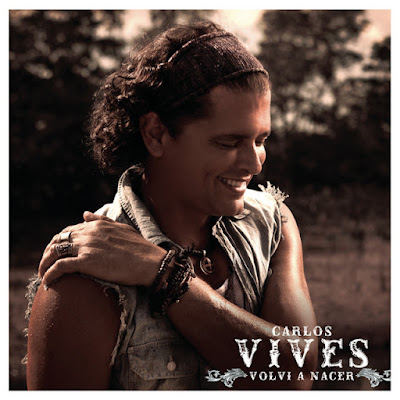17th Oct, 2015
I haven't been mentioning here whether or how these songs have intersected with my previous critical attention, because I have to imagine that that is only interesting to me, but I'm going to waive that forbearance in this case because I do think it says something noteworthy about the song that "Ginza" was at #10 on my year-end list of songs for 2015, a year in which I was as disconnected from the radio, the wider Latin audience, and what my peers were paying attention to, as I have ever been. I was actually surprised to learn that I would end up writing about it for this blog: it seemed so unlike the kinds of things that I had a hazy impression would be clogging up the mid-2010s once I finally reached them. (In 2015, I was still mired in 1999 here, and thought I might be forever.)
But "Ginza" pushed through that disconnect thanks to the Singles Jukebox, where I compared Balvin negatively to the masculine authoritativeness of Daddy Yankee and Wisin (not yet hearing how he and his South American peers were remaking reggaetón into a more flexible, bubbly pop genre), but much more than Balvin's mushmouthed simper, the fizzy, bubbly electro sounds of the beat (courtesy of Colombian producers Sky Rompiendo and Mosty) stuck with me, an insinuating groove that fell exactly in line with the music I was admiring most at the time, including Drake's "Hotline Bling" -- both of which were taking inspiration from the inventive, lower-key dancehall and soca riddims then emerging.
The song is named after an Instagram filter Balvin used to use a lot (remember Instagram filters?), which itself was named, of course, after the high-end shopping district in Tokyo; it never makes an appearance in the lyrics, which are very straightforward horny dance-as-metaphor-for-romance verses. It's a back-to-basics approach to reggaetón that feels consonant with punk stripping away the artifice and bombast of dinosaur rock -- or rather, more accurately to both rock and reggaetón history, replacing it with different, and perhaps more marketable to key demographics, forms of artifice and bombast.
It's noteworthy that the video takes cues from video games (especially Assassin's Creed) before dropping into a standard neon-lit dance space brought to you very aggressively by Pepsi Cola and Coors Lite -- it's a deliberately internationalist, middle-class, brand-friendly approach that has none of old school Puerto Rican reggaetón's up-from-below need to prove itself or pride in a racialized minority identity.
And it's the song that made Balvin a superstar; "Ay Vamos" had been #1 for a week, while "Ginza" sat atop the chart for 22 weeks (the longest reign for a song credited to only one person to date), and was equally huge across Latin America and Europe. It's still his all-time most successful song, and a decade later there are still thousands of reggaetón songs released every year in its image.
Airplay Watch:
- J Balvin, "Ginza"
- Discussed above.
- Farruko ft. Shaggy & Nicky Jam, "Sunset"
- Reggaetón meets reggae proper, thanks to Jamaican guest Shaggy. This is Puerto Rican singer Farruko's first appearance here in the lead position, although his guests steal the show.
- Maluma, "Borró Cassette"
- Another entry from the mid-decade Colombian wave of pop-reggaetón, featuring a handsome young man who can handle both vulnerable singing and gruff toasting.
- La Adictiva Banda San Jose de Mesillas, "Después de Ti, ¿Quién?"
- A slowie from a popular banda sinaloense. Singer Memo Garza has a lovely croon, but it's the melting woodwind-and-brass arrangements that get to me.
- Álvaro Soler ft. Jennifer Lopez, "El Mismo Sol"
- A Europop hit (sung by a Spaniard, produced in Germany) given a western-hemispherical push with the addition of J. Lo. Flamenco handclaps can't disguise the oompah bounce.
- Daddy Yankee, "Vaivén"
- The dance-forward Zumbafication of 2000s-era reggaetón continues apace, although Daddy Yankee seems a bit more inspired on the verses than he has lately.
- Yandel, "Encantadora"
- Yandel's most successful single as a solo act, letting the midtempo lope of the dembow riddim simmer sultrily as he sings about a predatory woman.
- Prince Royce, "Culpa al Corazón"
- Royce has never sounded more like Romeo, both in terms of literary songwriting and virtuosic accompaniment; which means he's still very much in his shadow.
- Carlos Vives, "Las Cosas de la Vida"
- The feel-good champion is back with another feel-good anthem; this one leans more towards rock than vallenato in his characteristic stew, but with a euphonium solo.

















